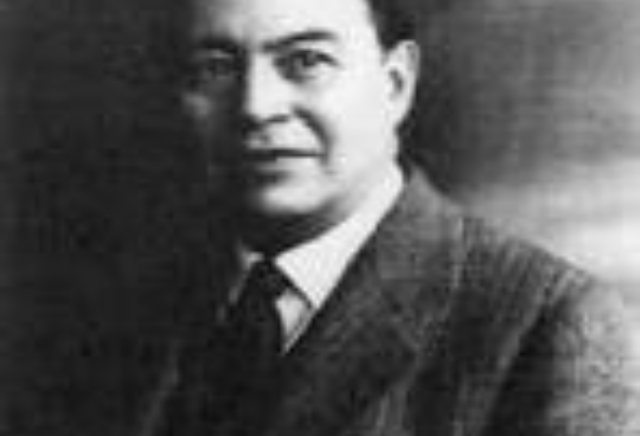Symmetrical components calculation is a valuable tool in system fault analysis and relay protection. Prior to the advent of computer-aided electrical system modelling software, system analyses were done manually. Today, as a verification check to the results of the modelling software, manual calculation are used thus the symmetrical component theory is invaluable.
The method of symmetrical components was discovered by Charles L. Fortescue, who was mathematically investigating the operation of induction motors under unbalanced conditions, late in 1913. At the 34th annual Convention of the AIEE - June 28, 1918, in Atlantic City - he presented an 89-page paper entitled "Method of symmetrical Co-ordinates Applied to the Solution of Polyphase Networks".
A system of n vectors or quantities may be resolved when n is prime, into n different symmetrical groups or systems, one of which of n equal vectors and the remaining (n-1) systems consist of n equi-spaced vectors which with the first mentioned group of equal vector forms an equal number of symmetrical n-phase systems...
The method of symmetrical components is the foundation for obtaining and understanding fault data on three-phase power systems.The symmetrical components method was given its first practical application to system fault analysis by C. F. Wagner and R. D. Evans in the late 1920s and early 1930s. W. A. Lewis and E. L. Harder added measurably to its development in the 1930s.
Timelines
1918 - Charles L. Fortesque, Method of symmetrical Co-ordinates Applied to the Solution of Polyphase Networks.
Charles Proteus Steinmetz added 25 pages
1920s (late) - 1930s (early) - CF Wagner and RD Evans, Practical Application for system fault analysis
1933 (early) - WA Lewis, added valuable simplifications
1937 - E.L. Harder, provided Table of Fault and unbalance connections
1943 - Edith Clarke, Publication of notes and lectures in this area
A knowledge of symmetrical components is important in both making a study and understanding the data obtained. It is also extremely valuable in analyzing faults and relay operations. A number of protective relays are based on symmetrical components, so the method must be understood in order to apply these relays successfully.
References:
Protective Relaying
By J. Lewis Blackburn, Thomas J. Domin
Electrical Power Systems.
By C L Wadhwa
Protective Relaying Theory and Applications
By Walter A. Elmore
